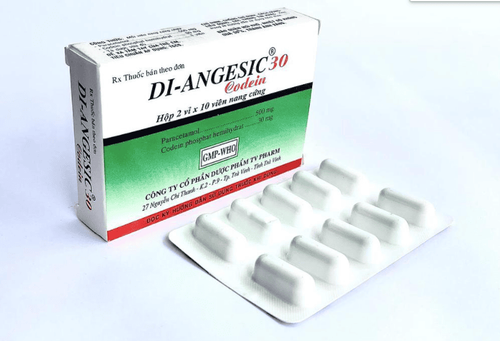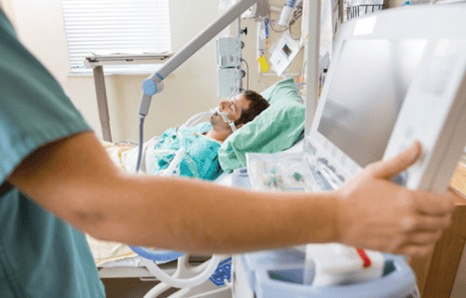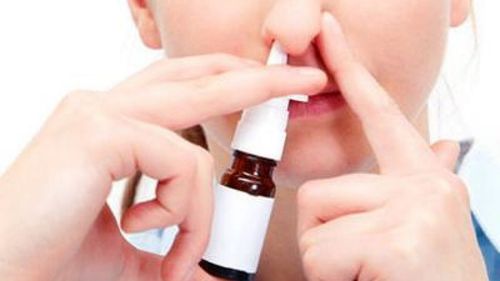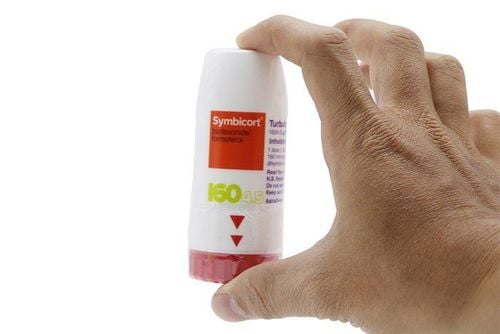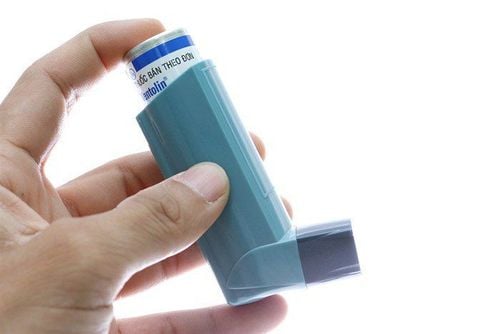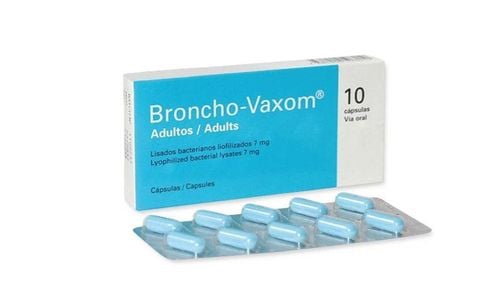This is an automatically translated article.
Ventilator-associated pneumonia is the most severe and most common nosocomial infection of all nosocomial infections. This is also the cause that contributes to the length of treatment time in the ICU and increases the patient's hospitalization costs.1. 1. What is ventilator-associated pneumonia?
According to the American Thoracic Society (ATS) 2005, ventilator-associated pneumonia is pneumonia that occurs 48 hours after the patient is intubated and mechanically ventilated.This is a common complication in the ICU, occurring in 9% to 25% of patients intubated for more than 48 hours and receiving mechanical ventilation. Ventilator-associated pneumonia of early onset (if onset time < 4 days), late onset (if duration ≥ 5 days).
2. Mechanism of ventilator-associated pneumonia
Under normal health conditions, the respiratory apparatus has mechanisms to protect itself from pathogens, such as the anatomical structure of the pharynx, the cough reflex, bronchial secretions, the superficial microvilli system, and the bronchial secretions. face, immune cells, alveolar macrophages, and neutrophils.When these systems work and work well together, entry of pathogens is limited, but when this mechanism is impaired, pneumonia occurs. Intubation not only disrupts the self-protective structure of the pharynx. It also makes it easier for bacteria to enter the lungs, through the stagnant and osmotic fluid around the cuff of the endotracheal tube. This occurs in most patients with an endotracheal tube and if the patient is supine, the likelihood of aspiration is increased.
3. Risk factors that increase the risk of ventilator-associated pneumonia
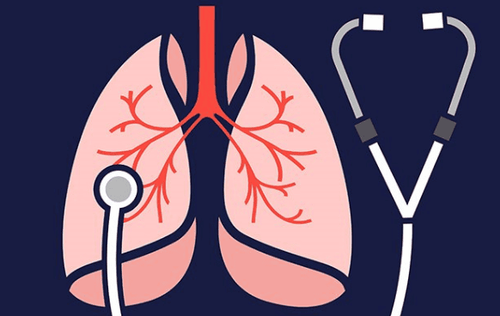
Bệnh nhân mắc bệnh phổi mạn tính là yếu tố làm tăng nguy cơ mắc viêm phổi mạn tính
Patient has chronic lung disease. Age > 70 years old. Long-term artificial ventilation or re-intubation. Immunosuppression (long-term use of corticosteroids, diabetes, leukopenia, immunosuppressive drugs, exhaustion, ...). The patient had previously taken antibiotics. Newly operated patient, especially thoracic surgery. There are catheters (tracheostomy, ventricular drains, thoracic tubes, urinary catheters, venous catheters, nasogastric tubes...). Nourish the digestive tract. Patient lying down for a long time.
4. Clinical symptoms
4.1 Systemic symptoms Fever: Fever that is intermittent or continuous all day, with or without chills. Body temperature above 380C can rise very high 40-410C. Signs of infection, poisoning: Dry lips, dirty tongue, pale skin. Consciousness disturbance in severe respiratory failure : Struggling, agitated, mechanical ventilation. In addition, there are other symptoms such as: Fast heart rate due to fever, hypoxia, blood pressure may increase or decrease depending on the stage of pneumonia.4.2 Respiratory symptoms Manifestations of severe hypoxia leading to respiratory failure, symptoms such as accessory respiratory muscle contraction, sternal depression. On the monitor, the SpO2 is less than 90%, on the ventilator, the respiratory rate is fast, the airway pressure is high. Signs of respiratory failure: Purple lips and extremities, purple veins all over the body, cold skin. Gram-negative pneumonia often has pale, sweaty skin. Auscultation of the lungs may have moist rales, crackles or crackles, snoring rales. Condensation syndrome (turbidity percussion, increased vibrato, decreased alveolar murmur) may be seen in ventilator-associated pneumonia. Increased bronchial secretion is a characteristic sign, sputum aspirated through the endotracheal tube can be white, cloudy or green, yellow depending on the causative agent. There may be signs of pleural effusion such as: low-grade percussion, low-low alveolar murmur. Clinical signs (fever, pulmonary manifestations) have moderate diagnostic value.
5. Treatment
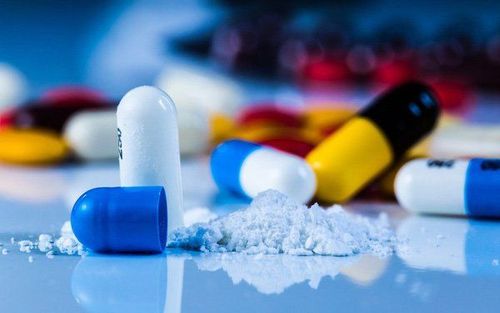
Việc lựa chọn kháng sinh điều trị viêm phổi thở máy phụ thuộc vào nhiều yếu tố khác nhau
Patient location, risk factors and comorbidities. Previously used antibiotics. Degree of pulmonary infiltrates. Epidemiology and susceptibility of bacterial strains in each department. Sooner or later nosocomial pneumonia. Duration of treatment from 7-21 days: Depending on the patient and the cause of the disease.
Ventilator-associated pneumonia is an infection of the lung parenchyma that occurs 48 hours after the patient is on a ventilator. This is a very common nosocomial infection in the ICU, with an incidence of 8-10% of patients treated in the ICU, and 27% of patients receiving mechanical ventilation. Ventilator pneumonia increases mortality, prolongs mechanical ventilation, length of hospital stay, and increases treatment costs.
Please dial HOTLINE for more information or register for an appointment HERE. Download MyVinmec app to make appointments faster and to manage your bookings easily.




